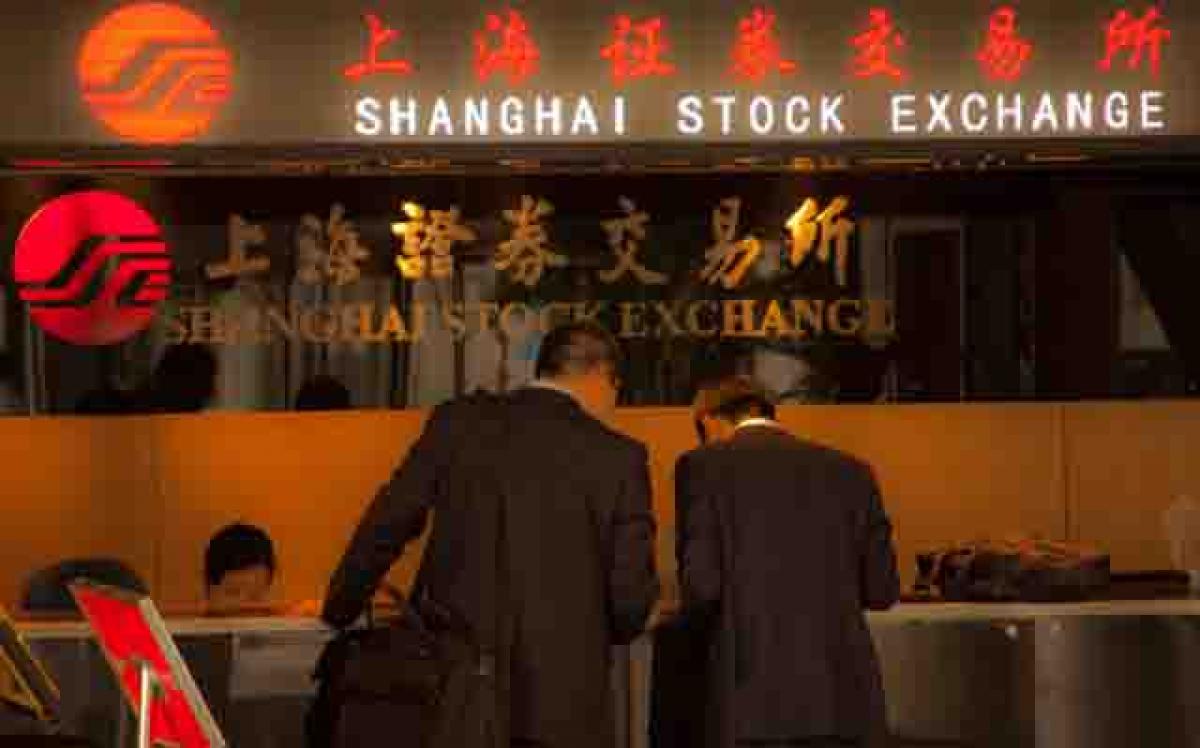India gains as stock investors flee China pain

India gains as stock investors flee China pain. China\'s recent stock market pain is proving to be India\'s gain, with share prices in the south Asian nation reviving as investors who cut their holdings earlier this year switch out of Chinese equity markets and back into India\'s.
Investors who poured into India in 2014 pulled back this year over concerns about taxes and the slow pace of reforms, preferring markets such as China, Taiwan and South Korea. Now, fears about Chinese stock market volatility and Beijing's interventions are overriding those concerns and driving them back to India
Singapore: China's recent stock market pain is proving to be India's gain, with share prices in the south Asian nation reviving as investors who cut their holdings earlier this year switch out of Chinese equity markets and back into India's.
.jpg)
India's Sensex, which fell as the Shanghai Composite index climbed between January and China's stock market rout in June, has reversed course and moved in the opposite direction to the Chinese benchmark since.
India recorded inflows of 53.19 billion rupees ($816 million) in July after two months of outflows, regulatory data shows. Meanwhile, northbound investment under the Shanghai-Hong Kong Stock Connect saw fund outflows of about 47 billion yuan ($7.3 billion) since early July, according to Reuters calculations.
"The euphoria of the China A-shares markets on the back of the growth of margin financing was deemed unsustainable," said Ronald Chan, head of Asian equities at Manulife, which has increased its overweight position on India and cut China to neutral from overweight.
"We find India a good alternative, given its improved macro data." Investors who poured into India in 2014 pulled back this year over concerns about taxes and the slow pace of reforms, preferring markets such as China, Taiwan and South Korea. Now, fears about Chinese stock market volatility and Beijing's interventions are overriding those concerns and driving them back to India.
"Interest in the region at first gravitated to the booming market in China, but with the bubble there now pricked, the performance of China’s immediate Asian trading partners has suffered, too," according to Aberdeen Asset Management's Asian equities team. The Shanghai Composite surged 60 per cent this year until a June 12 peak. Since then, it has lost 27 per cent.
On the other hand, the Sensex, which dropped 4.1 percent from the beginning of 2015 until a trough that coincided with the Chinese peak, has climbed 5.9 percent since then. Brokerage CLSA has raised its "already substantial overweight in India", its chief strategist Christopher Wood wrote.
Wood credited a plan to recapitalise Indian public-sector banks, as well as steps to improve their asset quality, for CLSA's positive shift. Government-owned lenders hold nearly 72 percent of the country's banking sector assets. While progress is slow, such steps are helping to win investors over, apparently at China's expense.
The Chinese share slump and subsequent volatility, combined with Beijing's efforts to arrest it, have eroded investor confidence. For Manulife, any increases to its China holdings would require the government to intervene less, Chan said. Investors also want to see more evidence that the central bank's fiscal and monetary stimulus measures are working and more progress on reform of state-owned enterprises, he said.
India is not without problems. Investors remain frustrated by slow progress on land acquisition reform, the passage of a goods and services tax, and delivery of promised infrastructure, according to Aberdeen. The discrepancy between valuations and the performance of companies is also concerning, the fund manager said.
The collective net profit of 80 Indian companies, each with a market value of more than $100 million, fell 8 per cent in the April-June quarter from a year earlier, according to Thomson Reuters data. Analysts forecast net profit will fall 6 per cent at these firms in the current quarter.
By Nichola Saminather














